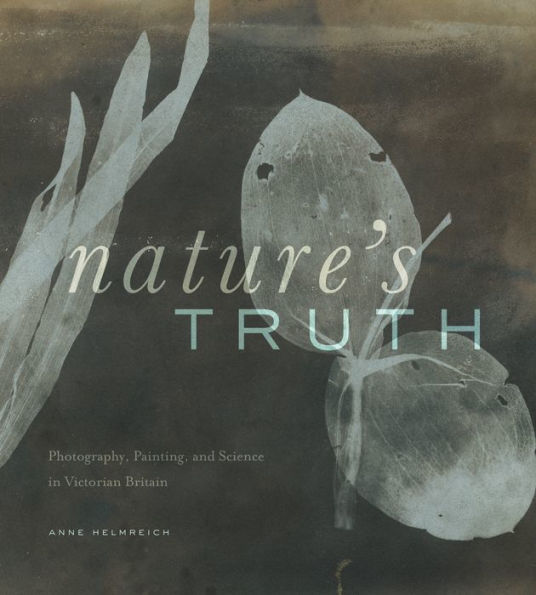Drawing on sources ranging from artists’ letters to scientific treatises, Nature’s Truth illuminates the dynamic relationship between art and science throughout the nineteenth century. Anne Helmreich reveals how these practices became closely aligned as artists sought to maintain art’s relevance in a world increasingly defined by scientific innovation, technological advances, and a rapidly industrializing society. Eventually, despite consensus between artists and critics about the need for “truth to nature,” the British arts community sharply contested what constituted truth and how truth to nature as an ideal could be visually represented. By the early twentieth century, the rallying cry could no longer hold the reform movement together. Helmreich’s fascinating study shows, however, that this relatively short-lived movement had a profound effect on modern British art.
An insightful examination of changing conceptions of truth and the role of art in modern society, Nature’s Truth reframes and recontextualizes our notions of British art.
Drawing on sources ranging from artists’ letters to scientific treatises, Nature’s Truth illuminates the dynamic relationship between art and science throughout the nineteenth century. Anne Helmreich reveals how these practices became closely aligned as artists sought to maintain art’s relevance in a world increasingly defined by scientific innovation, technological advances, and a rapidly industrializing society. Eventually, despite consensus between artists and critics about the need for “truth to nature,” the British arts community sharply contested what constituted truth and how truth to nature as an ideal could be visually represented. By the early twentieth century, the rallying cry could no longer hold the reform movement together. Helmreich’s fascinating study shows, however, that this relatively short-lived movement had a profound effect on modern British art.
An insightful examination of changing conceptions of truth and the role of art in modern society, Nature’s Truth reframes and recontextualizes our notions of British art.

Nature's Truth: Photography, Painting, and Science in Victorian Britain
264
Nature's Truth: Photography, Painting, and Science in Victorian Britain
264Hardcover

Product Details
| ISBN-13: | 9780271071145 |
|---|---|
| Publisher: | Penn State University Press |
| Publication date: | 08/24/2016 |
| Pages: | 264 |
| Product dimensions: | 9.30(w) x 10.30(h) x 1.00(d) |
